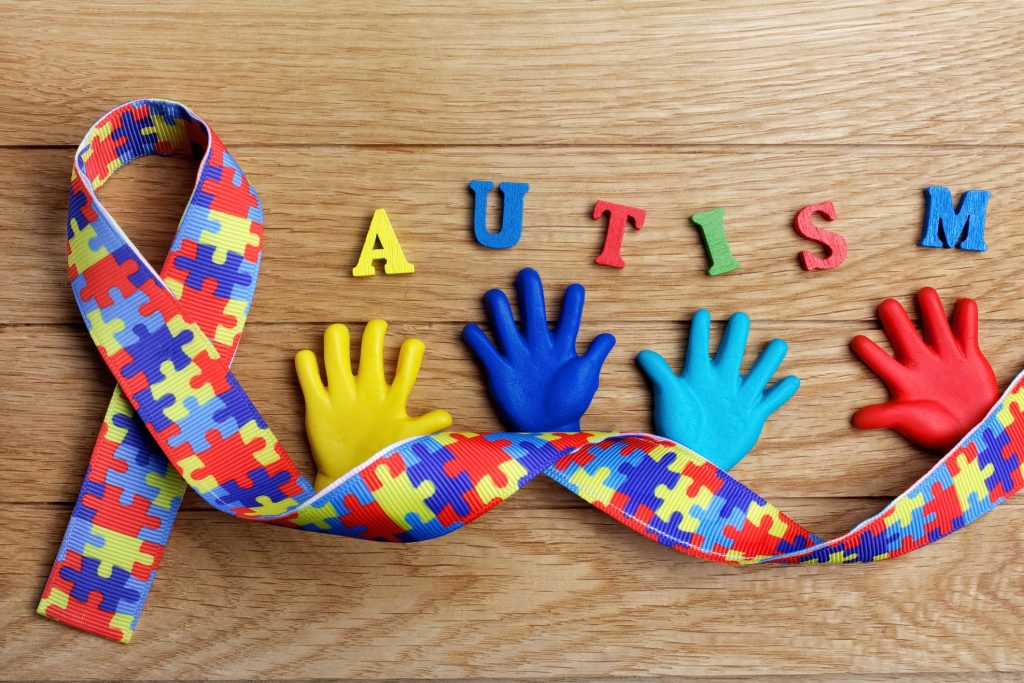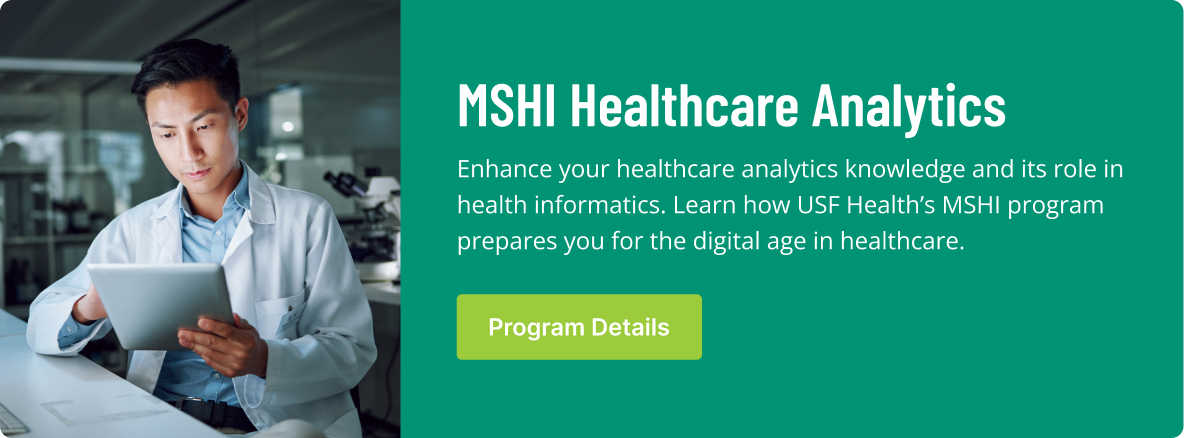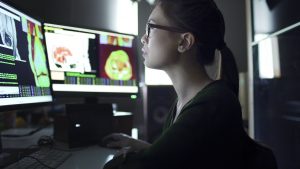While public awareness of autism has increased since the turn of the century, understanding of autism has not progressed as quickly.
Autism is a neurodevelopmental disorder and has several behaviors associated with it, including speech delay in children and communication difficulties. Autism reveals itself in different ways with different individuals, whether you’re looking at it genetically or physically. The variation in how it reveals itself genetically has leading one doctor to suggest that what’s being researched is not autism, but autisms.
The disorder has presented a challenge for researchers that is testing the effectiveness of big data and analytics. But big data has proven to be up to the challenge, helping yield advancements in the understanding of autism’s causes.
The Autism Speaks MSSNG project is the world’s largest autism genome sequencing program. One of its studies last year identified 18 gene variations that appear to increase the risk of autism, bringing the total of genetic variations identified by MSSNG since its inception in 2014 to 61.
MSSNG (pronounced “missing,” the two letters missing are said to represent the missing information concerning autism that the project hopes to find) is a collaboration between the Hospital for Sick Children (SickKids) in Toronto, advocacy group Autism Speaks and Verily (formerly Google Life Sciences), which hosts the MSSNG database on its cloud platform.
“It’s noteworthy that we’re still finding new autism genes, let alone 18 of them, after a decade of intense focus,” said Mathew Pletcher, Ph.D. He is Autism Speaks’ vice president for genomic discovery and co-author of the study, which involved the analysis of 5,205 whole genomes from families affected by autism.
The MSSNG study is one of several projects using data to seek a greater understanding of the causes and possible treatments of autism.
Last year, Dr. Jonathan Pevsner, a researcher at Kennedy Krieger Institute’s Department of Neurology, published a study drawn from DNA data on almost 10,000 people with autism spectrum disorders (ASD) and their family members. Pevsner and his fellow researchers designed their own data analysis software tools specifically for their study.
The study identified thousands of ASD-related mutations known as “de novo.” De novo mutations are those found in an individual but not in either parent. Researchers are investigating de novo mutations to discern if they are linked to autism or other conditions.
Another finding made by Pevsner and the study’s co-author, Donald Freed, a graduate student working with Pevsner) was several hundred previously unidentified ASD-related mutations known as mosaics.
These mutations occur while a person is developing, before or after birth. They are not inherited and aren’t found in every one of the body’s cells. The later the mutation occurs in the person’s development, the fewer cells have the mutation.
“Finding these mosaic mutations is like looking for a needle in a million haystacks,” Pevsner said. Having only looked at blood-based DNA samples, Pevsner believes brain-based samples might reveal more mutations. The researcher thinks that mosaicism could explain how ASD can affect one of a pair of identical twins but not the other.
Noted genomic researcher Michael Wigler, along with partner Jonathan Sebat, reported in 2007 that de novo mutations occurred more frequently in subjects with autism than others. These findings led the pair and other researchers to, over the next decade, identify 65 genes as being linked to autism.
Stephan Sanders, an assistant professor of psychiatry at the University of California, San Francisco, took part in the most recent study.
“For so long, we’ve been saying if we could just find these genes, we’d be able to really make some headway,” Sanders told Scientific American. “Suddenly, you’ve got this list of 65-plus genes, which we know have a causative role in autism, and as a foundation for going forward, it’s amazing.”
Importantly, these findings establish that autism’s causes are biological, not psychiatric.
“More and more, we are erasing this idea of autism being a stigmatizing psychiatric disorder,” Sanders said. “These are genetic disorders; this is a consequence of biology, which can be understood, and where traction can be made.”
This major event in autism research arrived courtesy of the opportunities brought about by data and analytics.
“With each new gene discovery, we’re able to explain more cases of autism, each with its own set of behavioral effects and many with associated medical concerns,” Autism Speaks’ Pletcher said. He added that the goal “is to advance personalized treatments for autism by deepening our understanding of the condition’s many subtypes.”




